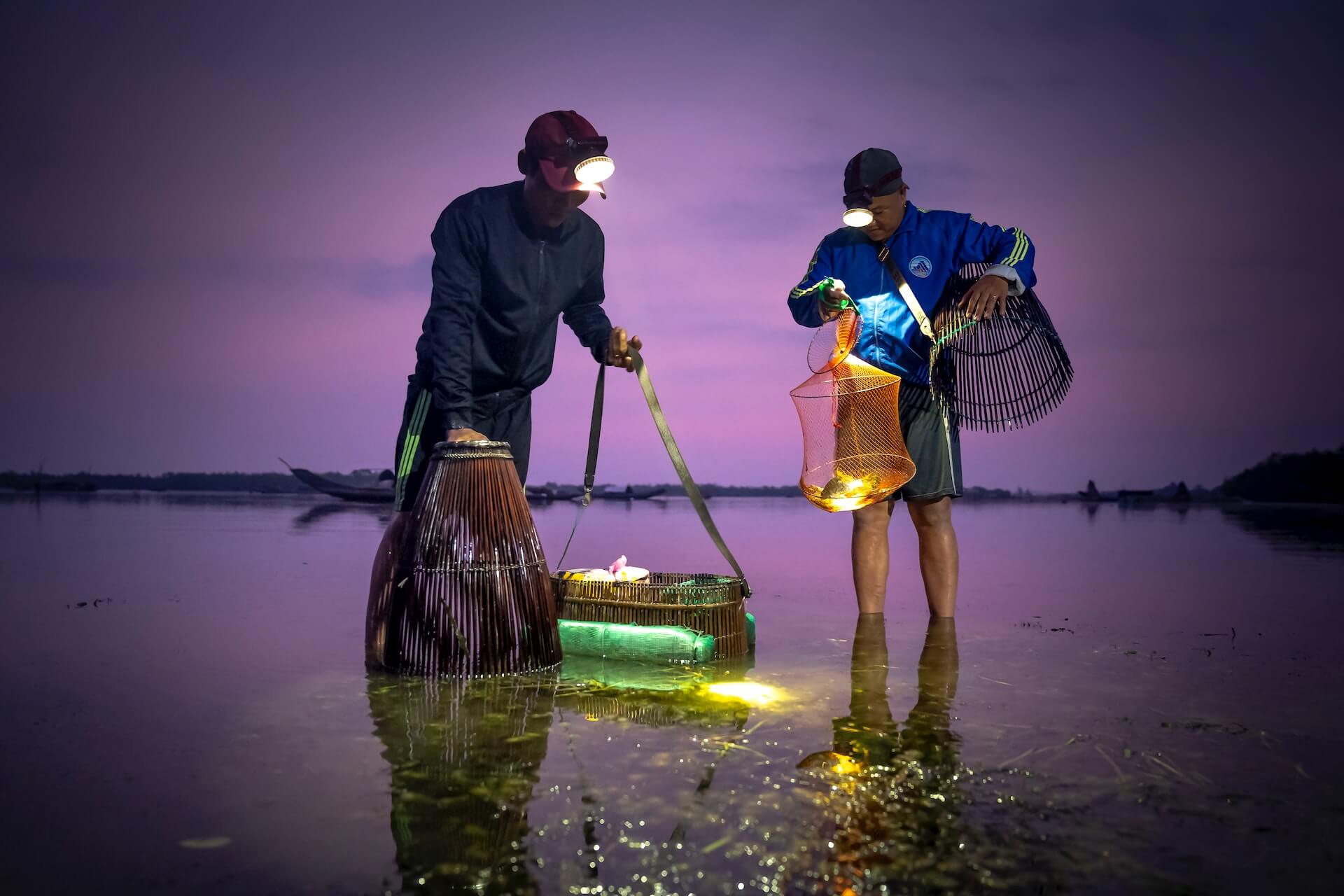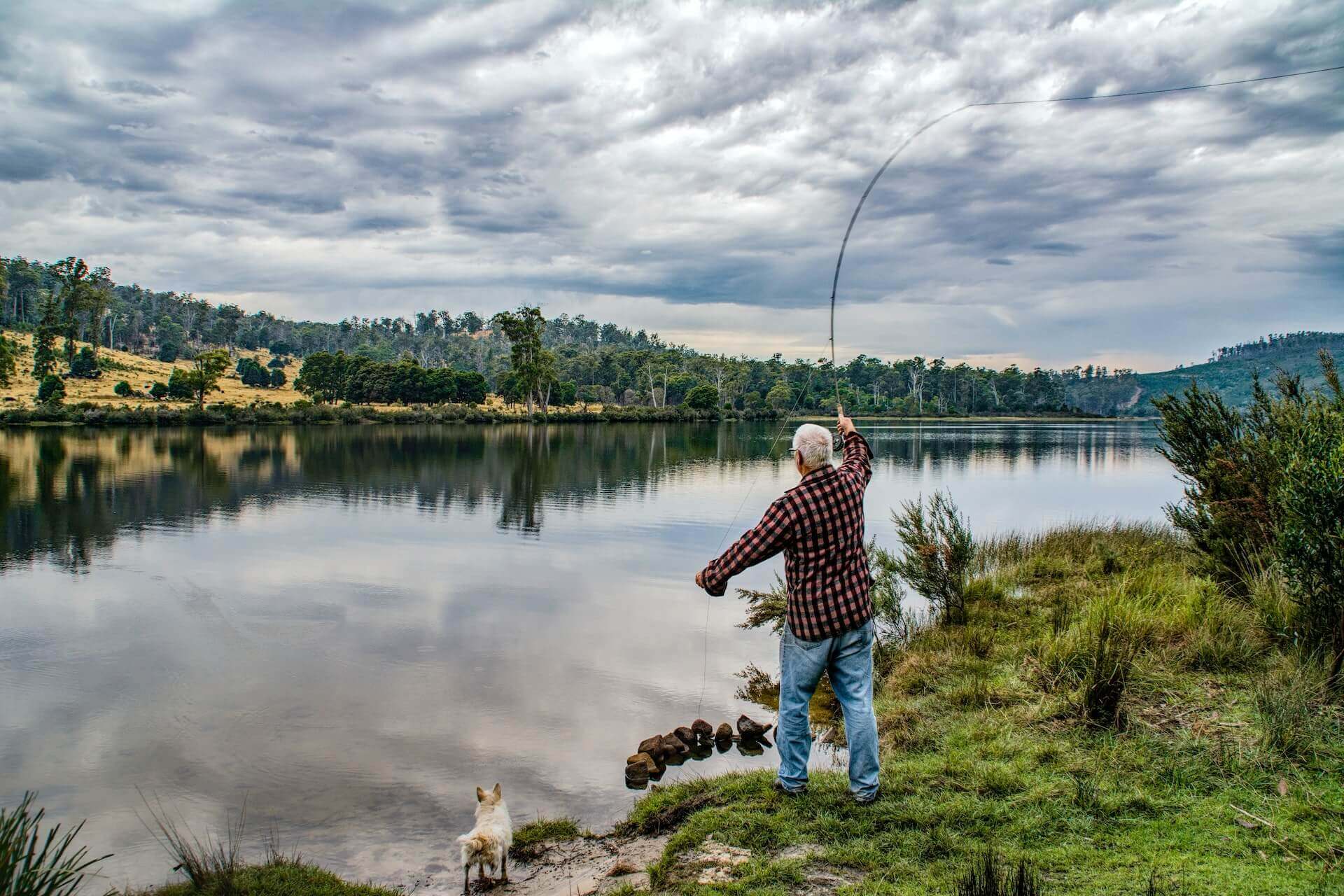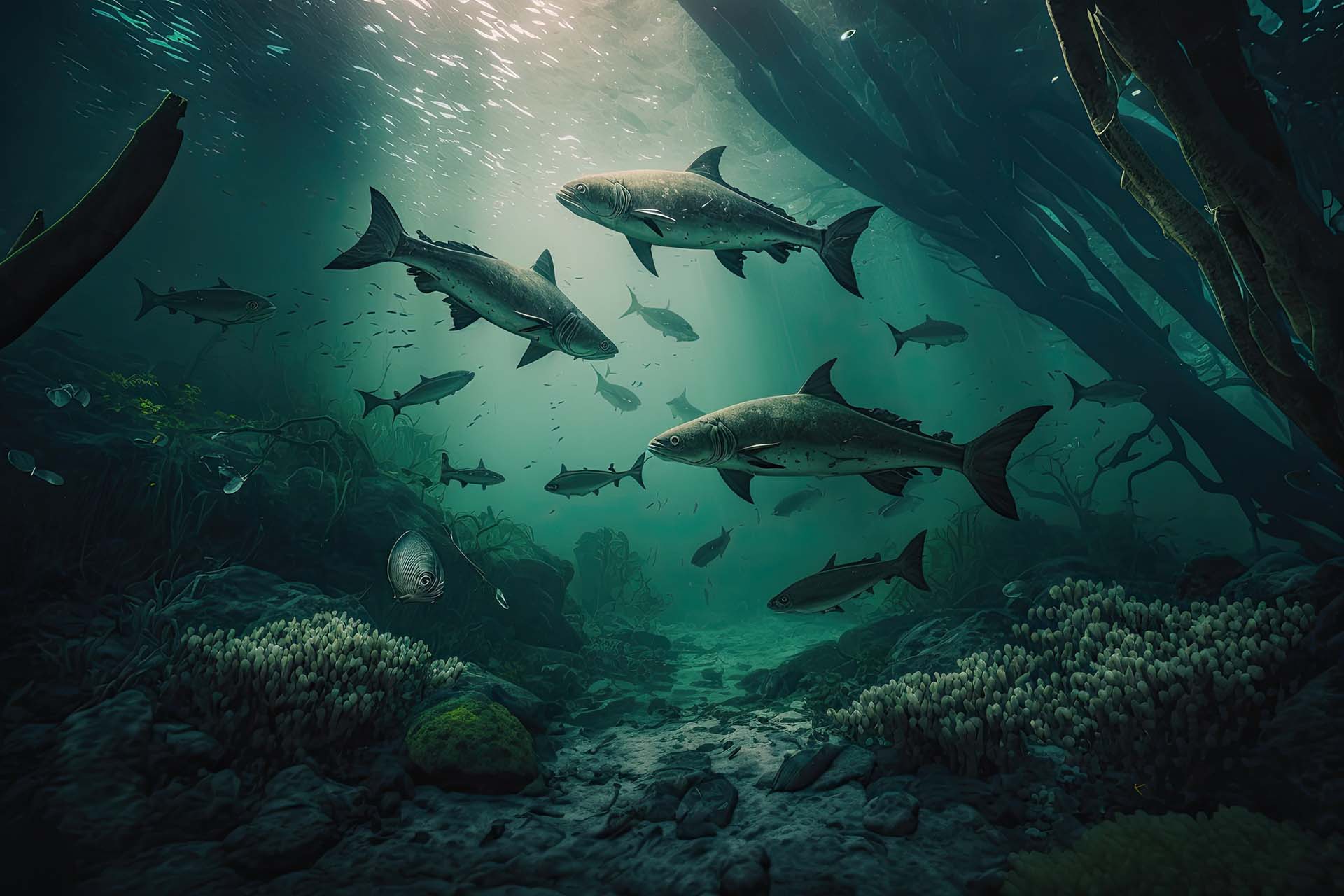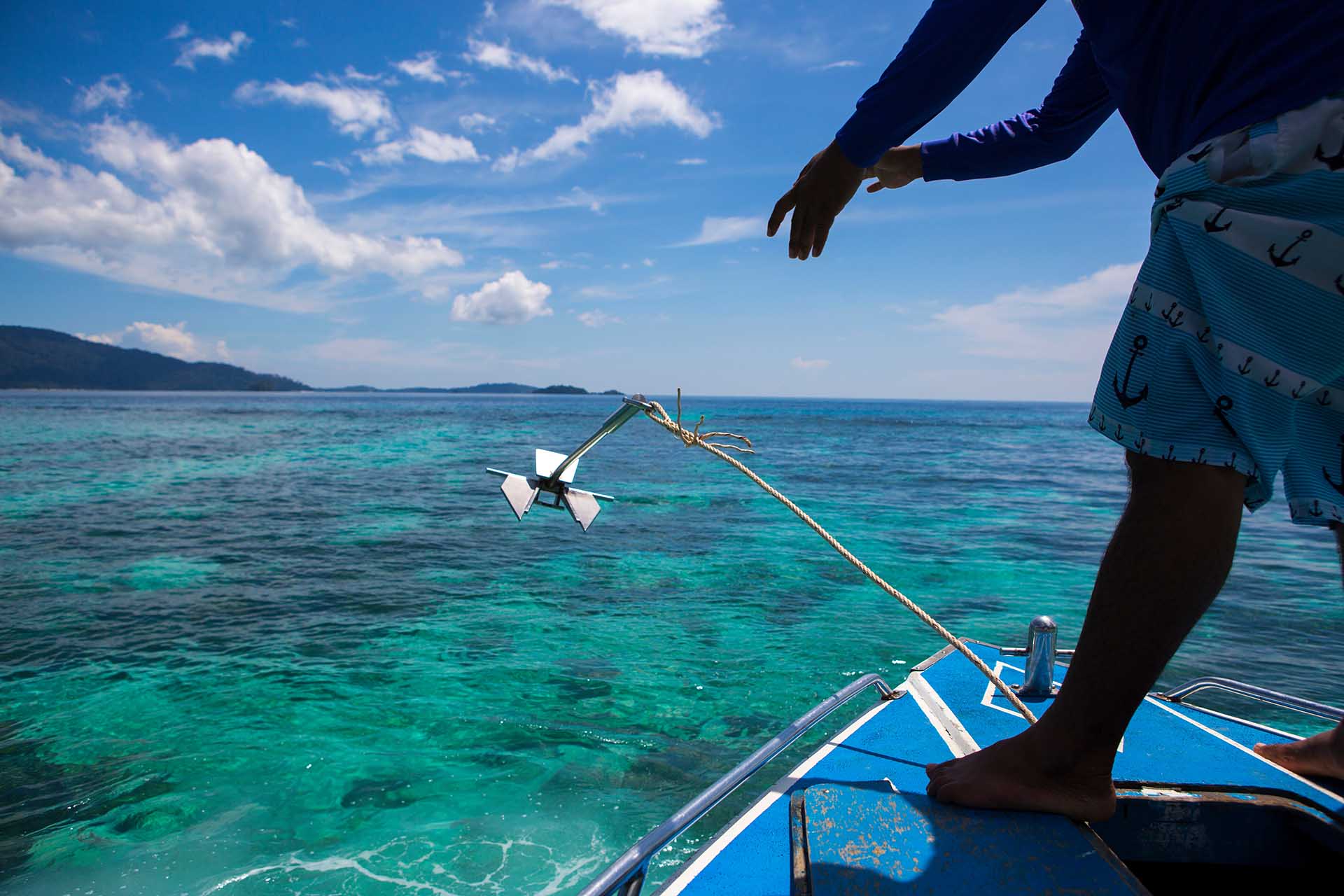Unraveling the nuances of how to fish for snook involves understanding this species’ behavior throughout the day. Whether you’re an early riser, a daytime enthusiast, or a night owl, mastering the timing of your expeditions can make all the difference. Join us as we delve into the strategies, techniques, and secrets that lead to success from the break of dawn to the fall of dusk. Learn how to adapt your approach and maximize the chances of landing the coveted catch.
Fishing for linesiders presents an exciting challenge. Understanding their behavior, the influence of moon phases and tides, and finding the right hotspots are key. Moreover, selecting the appropriate tackle, gear and adhering to catch and release ethics ensures the sustainability of this iconic species.
What Are the Characteristics of Snooks?
Snooks, often called the sergeant fish, linesiders, or robalo, boast unique characteristics that distinguish them as one of the most sought-after species among anglers. These sleek, torpedo-shaped fish are known for their silvery scales, which gleam brilliantly in the sunlight. They feature a distinct black lateral line running down their sides, offering a striking contrast to their silvery sheen.
These species also possess a protruding lower jaw and a mouthful of sharp teeth, indicative of their predatory nature. Their adaptability to varying salinity levels allows them to thrive in saltwater and brackish environments. Making them versatile targets for anglers in coastal regions.
How Many Snook Species Are There?
These elusive and prized game fish are a favorite target for anglers due to their challenging nature and impressive fighting abilities. Here’s a list of some notable sergeant fish species:
- Common (Centropomus undecimalis) – found in the Gulf of Mexico and the Atlantic coast of the United States, known for its silvery appearance and distinctive black lateral line,
- Fat (Centropomus parallelus) – native to Central and South America, this species is recognized for its robust body and presence in both fresh and saltwater environments,
- Tarpon (Centropomus pectinatus) – often sought after in Costa Rica and Central America, known for its vibrant colors and its preference for estuaries and coastal areas,
- Pacific (Centropomus spp.) – various species of Pacific snook are found along the Pacific coasts of Central and South America, with differences in size and appearance,
- Black (Centropomus nigrescens) – inhabiting Central American waters, this species stands out with its dark coloration and formidable size,
- Cuban (Centropomus ensiferus) – native to the Caribbean, this species exhibits a slender profile and is prized for its challenging fights,
- Dog (Centropomus spp.) – a group of smaller fraction of this species found in Central and South American regions.
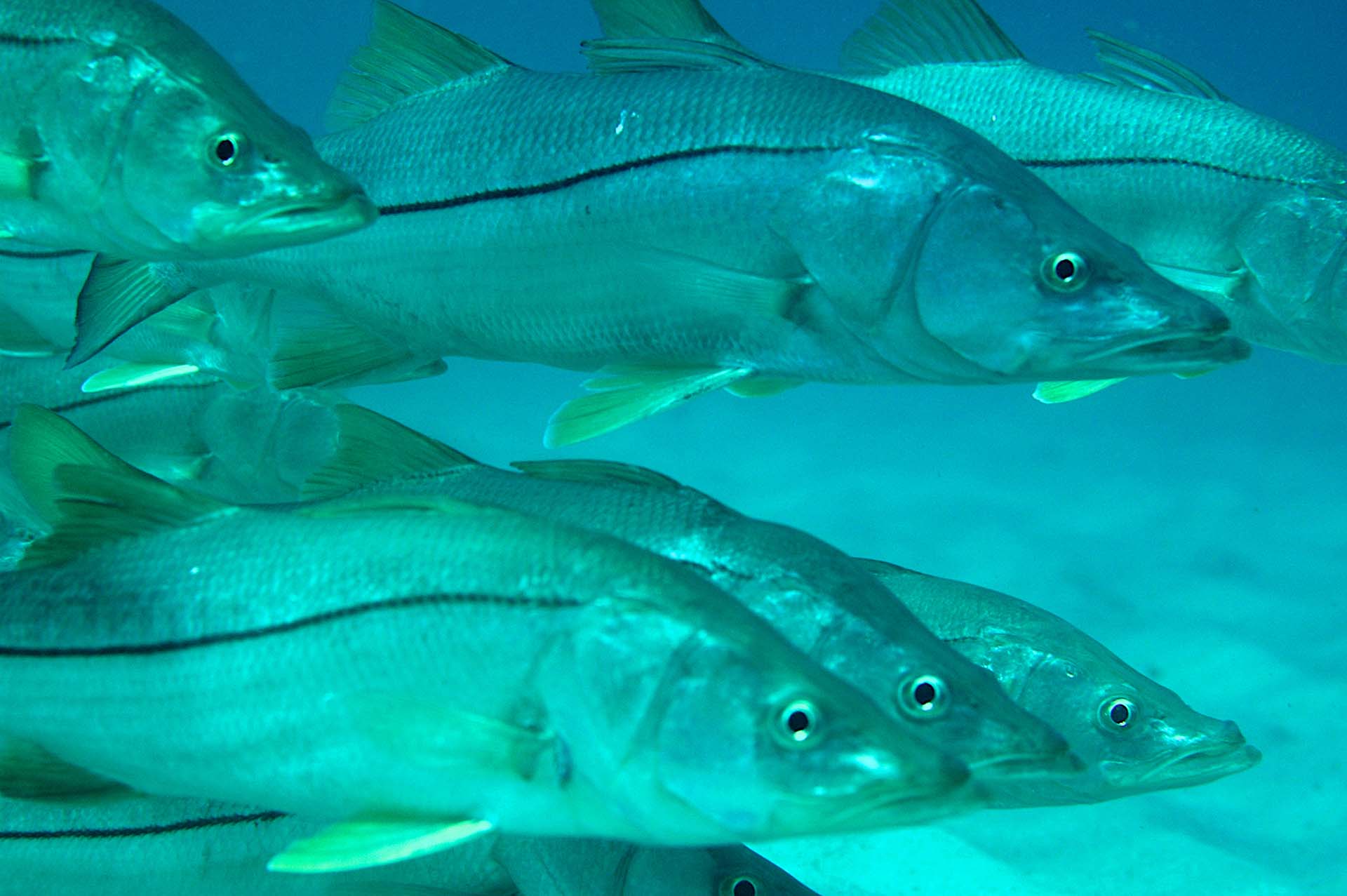
How to Fish for Snook – Understanding Its Behavior
These species exhibit distinct behavioral patterns that directly impact the angling experience. Recognizing when a snook is most active allows anglers to plan their outings strategically, increasing the likelihood of successful catches.
Moreover, comprehending their feeding preferences and how they respond to different lures and baits is essential for selecting the right tackle and techniques. This knowledge ensures that anglers are not just casting their lines but casting them with purpose. Increasing their chances of hooking this elusive specimen.
Fishing and Patrolling at Dawn
Angling at dawn offers several advantages, including reduced pressure, cooler temperatures, and a higher likelihood of finding linesiders in a feeding frenzy. To make the most of this window of opportunity, anglers should arm themselves with the right gear, selecting the appropriate rods, reels, and lines for the conditions.
As for bait and lures, options like live mullet, pilchards, or topwater plugs can prove irresistible to hungry snook at this time. Patience and stealth are key strategies, as they are often cautious and selective in the early hours.
Midday Madness: Fishing Under the Sun
As the sun climbs high, they often retreat to deeper waters, shady spots, or seek shelter under structures to escape the intense sunlight. During this time, they become more cautious and selective in feeding habits.
However, with the right tactics and adaptability, anglers can still find and catch robalo in broad daylight. Exploring deeper channels, submerged ledges, or areas with shade can yield success. Adjusting lures or baits to reach the depths where they are hiding becomes essential.
The Golden Hour: Sunset Snook Fishing
Sunset marks a time when they become increasingly active, often venturing closer to shorelines, bridges, and structures to feed. The dwindling light creates a sense of urgency in these predators, making them more receptive to bait and lures.
To maximize success during this magical window, anglers often opt for lures that mimic the movements of natural prey, such as topwater plugs or jerk baits. Precision casting and retrieval techniques come into play, as they tend to be more aggressive during this time.
Nighttime Tactics: Going After Nocturnal Snook
Under the cover of darkness, they become more nocturnal in their habits, making them elusive yet intriguing targets. However, navigating the waters and ensuring safety during nighttime angling is paramount.
Anglers often equip themselves with headlamps or boat lights to maintain visibility and safety. Selecting the right gear, including sensitive rods and reels with strong drag systems, is crucial for effectively battling linesiders in the dark. When it comes to lures, noisy topwater plugs or glow-in-the-dark soft plastics can be irresistible to this species.
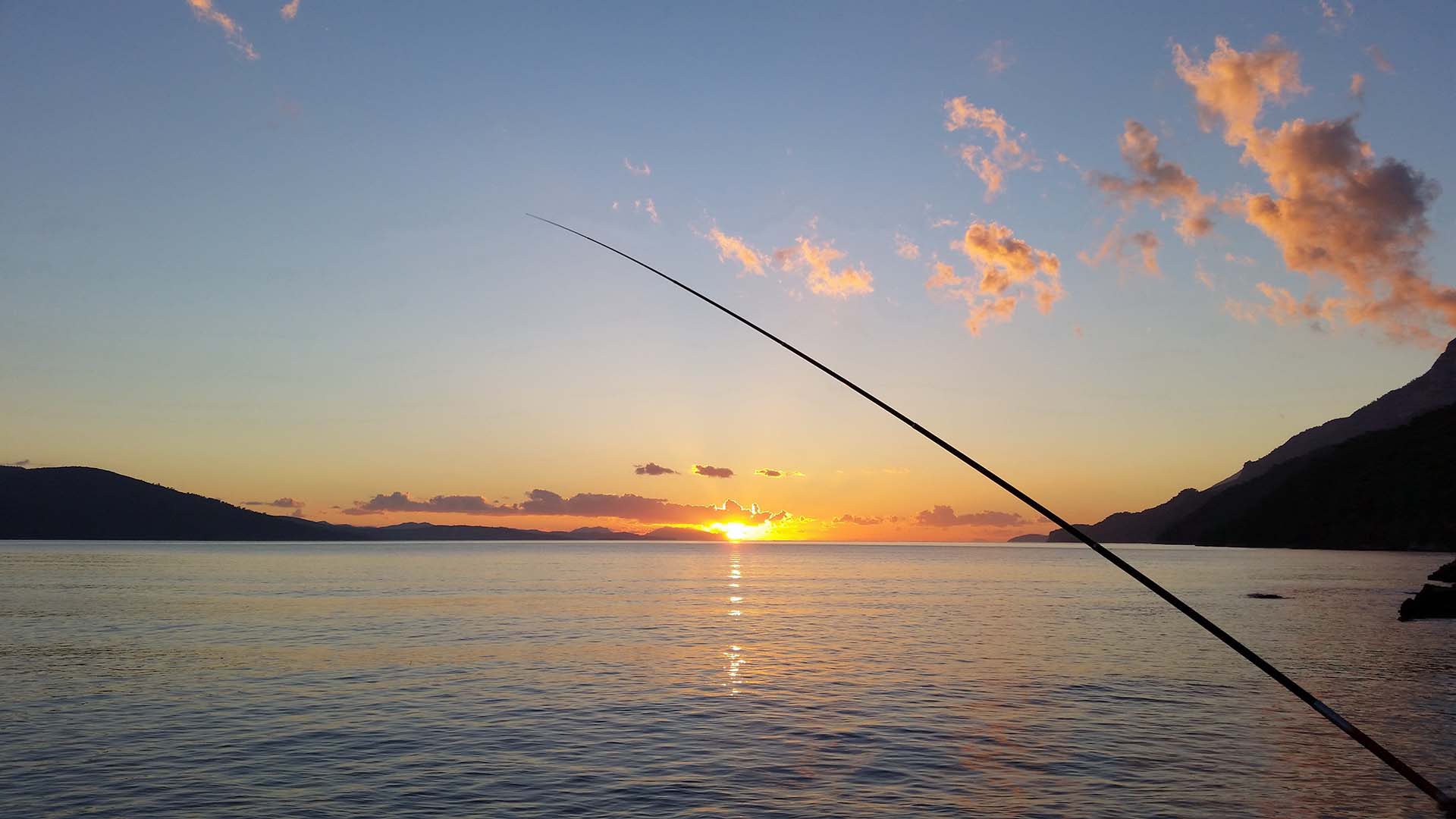
Moon Phases and Tides Can Lead You to Bountiful Snook Safaris
The moon’s gravitational pull significantly influences tidal movements, causing rising and falling waters in coastal areas. As tides change, they carry baitfish and other prey into predator hotspots.
Certain moon phases, such as the full and new moon, intensify these tidal fluctuations, creating prime feeding windows. Anglers who plan their excursions around these lunar cues often find themselves in the right place at the right time.

Location Matters – Finding Snook Hotspots
In this exploration of their hotspots, we’ll delve into the key factors that make certain locations irresistible to these prized game fish. From the intricate web of mangrove coastlines to the bustling river mouths and estuaries, we will empower anglers to embark on rewarding adventures. No matter where they cast their lines.
How to Fish for Snook in Florida and Why Is This One the Snook Fishing Hotspots?
Florida is undeniably one of the most prominent snook-angling hotspots in the United States, if not the world. The Sunshine State’s extensive coastline, brackish estuaries, and warm waters provide ideal habitats for snook populations.
Here, anglers can target snook in various locations, from the Gulf of Mexico to the Atlantic coast, as well as in freshwater environments like rivers and canals. The state’s strict regulations and conservation efforts also contribute to the sustainability of their populations. Making it a preferred destination for anglers seeking these prized catches.
How to Fish for Snook Near Gulf Coast Regions Near Texas?
These coastal waters provide diverse habitats, from estuaries and bays to nearshore structures, where linesiders can be found. To successfully target linesiders in this area, it’s important to adapt to their behavior and the local conditions. Start by exploring productive spots such as jetties, piers, and marshy shorelines, where they often seek baitfish and crustaceans.
Using live bait like shrimp or mullet can be highly effective, but lures resembling these natural prey can also work well. Pay attention to tidal movements and water temperature, as they tend to be more active during incoming tides and in warmer months.
How to Fish for Snook in Various Parts of Central and South America?
The tropical waters of Central and South America are home to various robalo species, each with unique characteristics. Anglers can explore lush mangrove-lined shorelines, river mouths, and lagoons, where they seek shelter and forage for prey. A combination of live bait, like sardines or pinfish, and artificial lures can prove successful in enticing strikes.
It’s essential to adapt to local conditions and the specific behavior of these species in each area, as their habits can vary significantly. Paying attention to tide changes, water temperature, and the presence of baitfish is crucial.
Whether you’re angling for the elusive Tarpon Linesider in Costa Rica or the Pacific Linesider in Panama, each region holds its angling charm. Promising thrilling encounters with these prized specimens in some of the world’s most picturesque settings.
How to Fish a Bridge for Snook?
These predatory species often seek refuge and hunting opportunities in the shadowy depths around bridge structures. To successfully “fish a bridge,” it’s crucial to understand their behavior. Start by locating the key areas they are most likely to hide, such as bridge pilings, rocky structures, or submerged debris. Choose the right bait or lures that mimic their natural prey, like mullet or shrimp, and vary your retrieval speed to entice strikes.
Casting accurately and placing your bait or lure close to the structure is essential. Additionally, use a suitable tackle setup with a strong leader to handle potential line abrasion from structure encounters. Be patient and persistent, as his species can be selective and cautious. With the right techniques and a bit of luck, landing a catch can be a thrilling accomplishment for any angler.
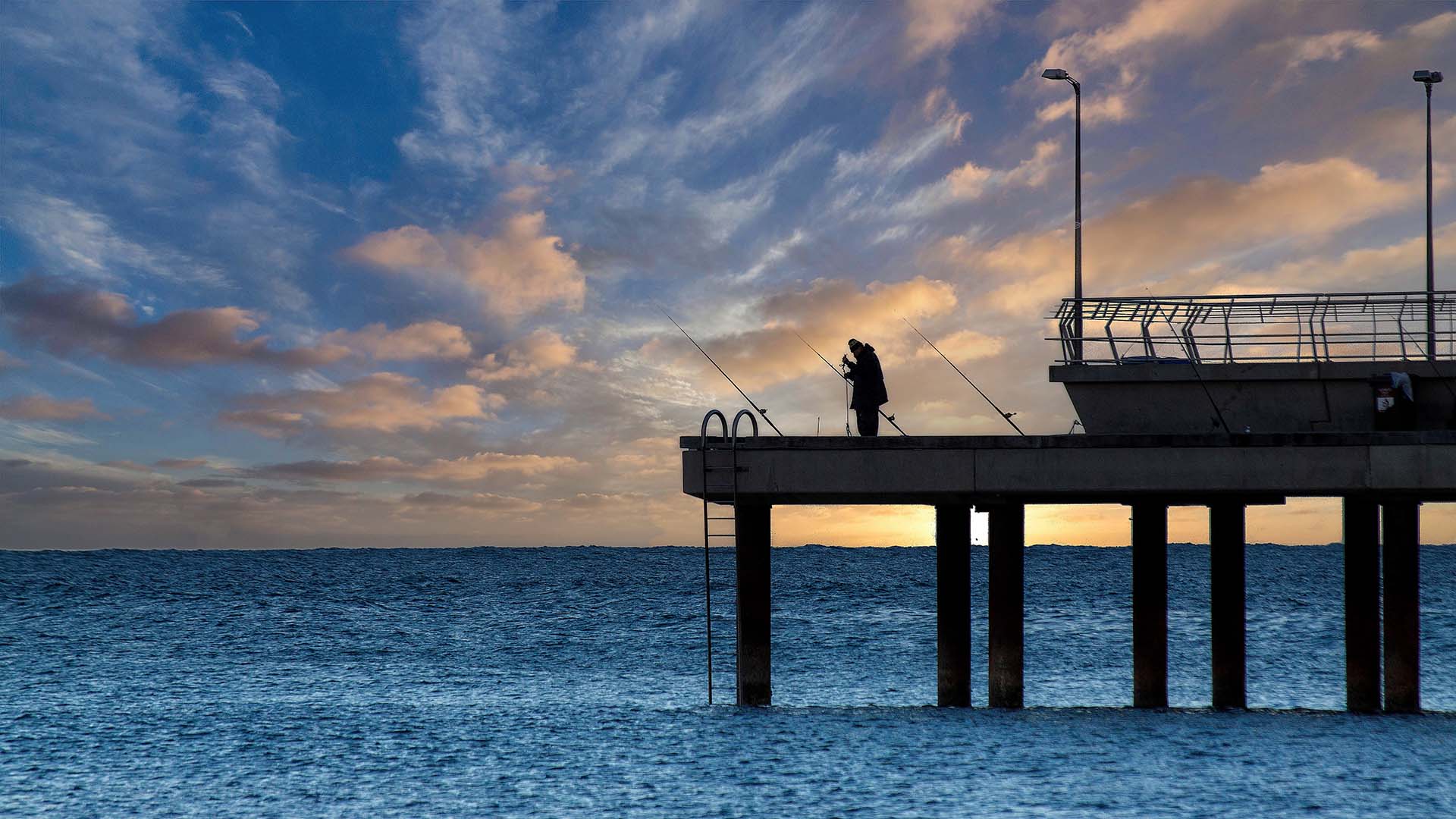
Essential Tackle and Gear Tips
Equipping yourself with the right tackle and gear is essential for a successful angling expedition. To help you make informed choices, we’ve compiled a comprehensive guide outlining the ideal rods, reels, and lines tailored to the nuances of linesider angling. Whether you’re a novice or a seasoned pro, the recommendations in the table below will ensure you’re armed with the tools needed to reel in the catch of a lifetime.
| Tackle Category | Recommended Options | Key Features |
|---|---|---|
| Rods | Medium-heavy spinning rods 7' to 8' length Fast Action for Sensitivity | Ideal for casting accuracy Sensitive tip to detect strikes Sufficient backbone for snook battles |
| Reels | Spinning reels 3000 to 5000 Series Smooth Drag System High Line Capacity | Smooth line retrieval Powerful drag for snook fights Adequate line storage |
| Lines | Braided Lines 20 to 30 lb Test High-visibility or low-vis options | Exceptional strength-to-diameter ratio Abrasion resistance for structure encounters Choice of visibility based on water conditions |
The Significance of Catch and Release Ethics
These magnificent gamefish, particularly the Common Snook, face pressures from overfishing and habitat degradation. By practicing catch and release, anglers contribute significantly to the preservation of their populations.
Releasing them unharmed back into their natural habitats ensures their continued presence for future generations of anglers to enjoy. It’s not just about following regulations. It’s a commitment to the sustainability and well-being of these remarkable species.

Wrapping Up Your Angling Adventure With a Hefty Catch and Lasting Memories
The camaraderie, the thrill of the chase, and the moments of serenity amid nature’s beauty are all part of the angler’s tapestry. So, as you pack up your gear and bid farewell to the waters, remember that the true treasures of any angling expedition are the memories you carry with you. A testament to the enduring magic of the great outdoors and the bond between anglers and the fish they seek. Until the next adventure, tight lines, and may your angling tales grow ever richer.
More To Explore
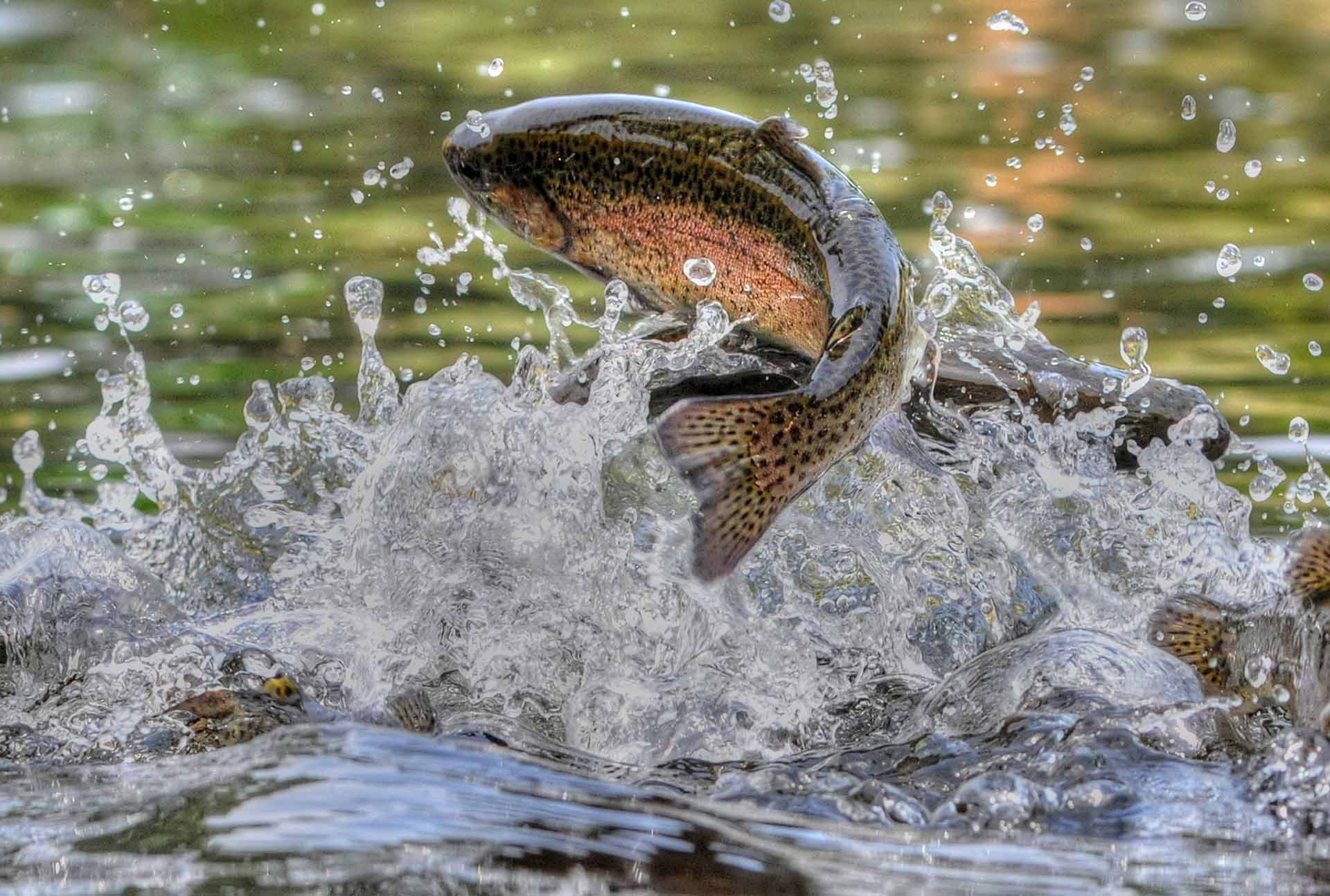
When Is Trout Season? Your Essential Guide to Timing the Perfect Catch
Maya Brown / April 25,2024
Read More »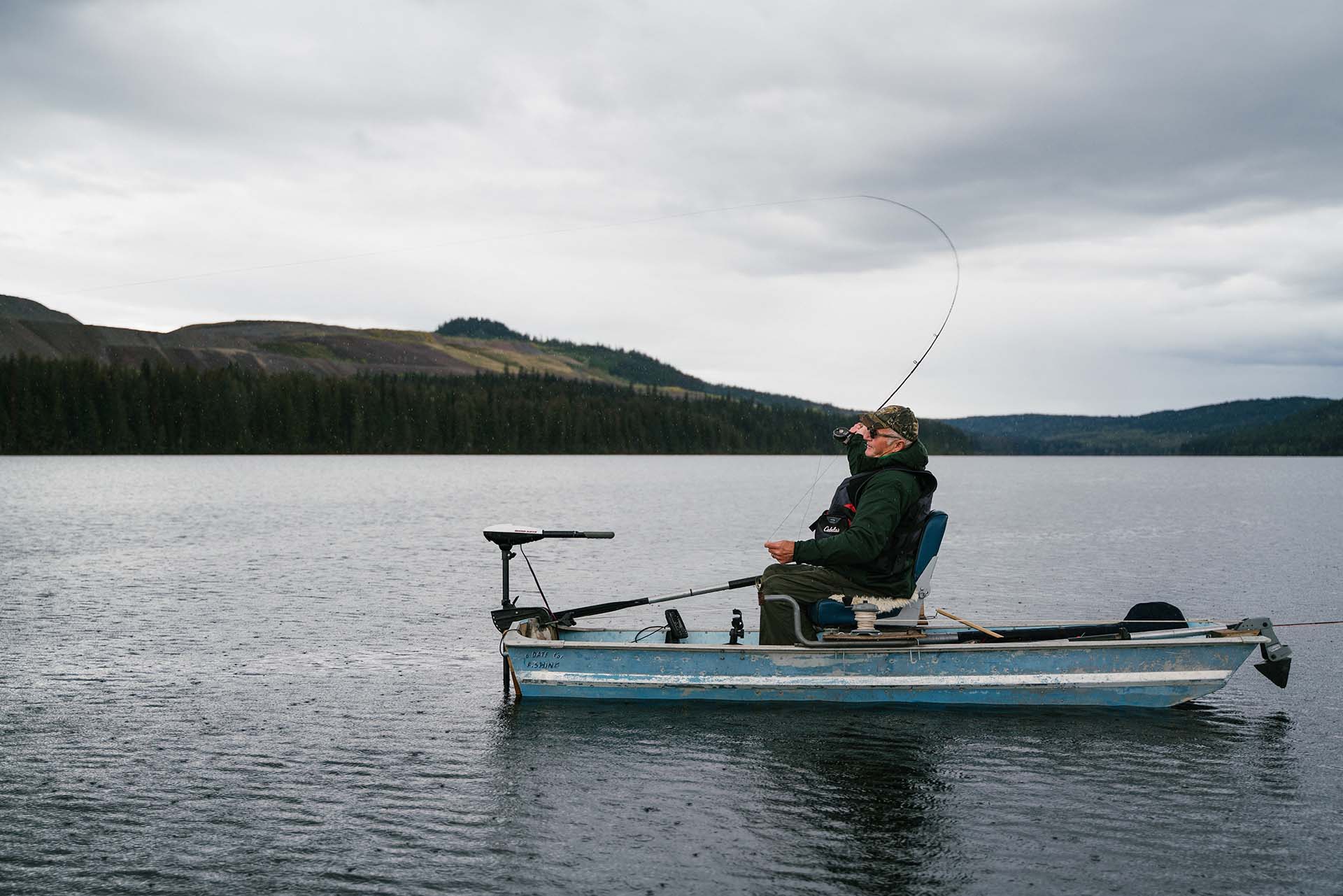
Best Fishing Boats for Small Lakes – Top Picks for Every Angler
Maya Brown / April 22,2024
Read More »
